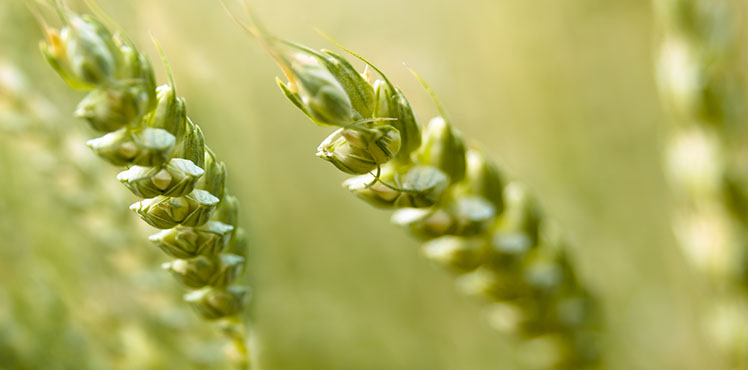Hi, this is Julie and I’m excited for the new year at Blue Heron Gardens!
We had a very interesting year last year.
It was a hard recovery with the bees in the spring of 2015 after a bear destroyed a large portion of our lives right before we were to wrap them for the winter the year before. A lot of the hives went into the winter stressed and weak. With only 4 strong hives left this past spring, we recovered by putting packaged bees into some of the dead outs and then by buying 40 new hives. We made 30 splits from the new hives and caught a few swarms over the summer too. Swarms are another story. We’ll talk about them another time because they deserve their own blog entry, haha.
By the end of the summer, we had built ourselves up to 100 hives with one bee yard on canola and 2 yards on alfalfa.
The great thing about this past year is that we had so much interest and help from our family. We would have had a very hard time of it if it weren’t for all the help I had with lifting those hives! Some of those boxes were heavy, coming in at close to 100 pounds! You really do need a good back if you go into beekeeping. Definitely start yourself off slow with the lifting. It helps if you know a good chiropractor too! I did get a lot stronger over the summer. You should’ve seen my biceps!
My husband Jeff, my father-in-law Rick, my two sons and my brother-in-law were the heavy lifters, although the girls did do a good portion of it too. No wimpy girls around this Beehouse, haha. We did a lot of two people lifting to help save our backs.
After we went out to the bee yards to get our heavy boxes full of beautiful honey we had to bring them back to the honey house for extraction.
In case you’re very new at all of this bee making honey stuff I can give you a quick education on it.
Firstly, the bottom 2 boxes of a beehive are just for the bees. This is their home, where the queen stays, where she lays her eggs. The bees also store some honey and pollen here to help themselves get through the long winters in Saskatchewan. The interesting thing about honey bees is that they store way more honey than they need to survive. They’ve been bred over thousands of years for this. Before sugar came into the picture in a big way in the 1930s honey was the main sweetener we had. Sugar, of course, is cheaper and that is why it has taken over.
Anyways, we add extra boxes on top of the two bottom ones. These extra boxes are called honey supers. Any of the honey we take is from these extra boxes. When there are lots of flowers out the bees are very busy collecting nectar. The bees bring the nectar back to the hive and store it in the frames full of honeycomb we have in the boxes. The nectar is very watery so after the bees collecting the nectar put it into the honeycomb other bees that are in the hive start fanning their wings to dry out the nectar to make it thicker. When the bees decide that the honey is the right consistency they put a thin layer of wax on top of it.
When we collect our honey it has to have the correct moisture content. The perfect moisture content is 17.5% but anything below 19% should be O.K. We judge the correct moisture content out in the field by pulling the honey supers when the frames of honey are half capped. This means that half of the frame of honeycomb has honey that is covered with a thin film of wax. The other half of the frame has honey that is not covered with a thin film of wax. When this happens we pull our boxes and take them back to the honey house for extraction.
A lot of hours go into extracting the honey. Often we’d be there at 9 or 10 in the morning and we’d be finishing up around 11 or 12 at night. Things work the best for us if we have 2 heavy lifters collecting the honey supers and while they’re doing that we have three people in the honey house extracting honey from supers that had been collected earlier. The three people in the honey house would be scratching off the wax cappings then we’d load those frames into the extractor. While the frames are spinning in one extractor we’d be scratching the next batch to go in the second extractor. Often we only had 2 or 3 of us for the weekend so we’d go on Saturday to collect the honey supers from the bee yards and then we’d do the processing all day Sunday.
We collected a lot of honey this year! We averaged 247 pounds of honey per hive, of course, the splits and the swarms didn’t give us that much because they needed the extra time to build themselves up. The goal for new hives is to get them strong and healthy so that they can survive the winter and still give you a little honey as well.
We ended up with 14,000 pounds of honey!
Not bad for year 2!
Talk to you in my next blog entry. I’m going to try to get some pictures. Bees are interesting! And maybe I’ll talk about the garden too!
Bye for now,
Julie

